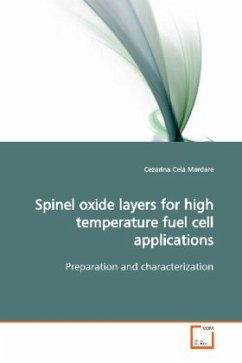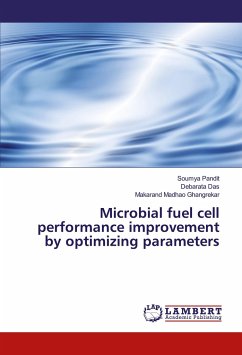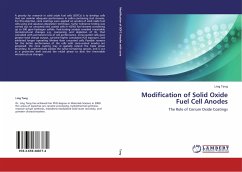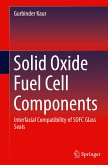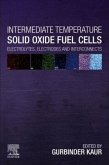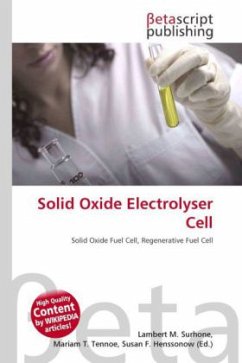In the last decades, Solid Oxide Fuel Cells (SOFCs)
gained an important place among the alternative
energy production sources. This is due to SOFCs wide
operation temperature range (600-1000 °C) and to the
possibility of using many types of fuels, including
various hydrocarbons. The ferritic stainless steel
interconnect is one of the main components of a SOFC
stack. Interconnects require high electrical
conductivity coatings with blocking properties
against Cr transport from the steel substrate. This
book provides a study of the oxides with spinel
structure obtained by thermal oxidation of Mn-Co-Fe
metallic thin films. The films were deposited by
magnetron co-sputtering on ZMG232L (Hitachi Metals
Ltd.®) ferritic stainless steel. The coatings
properties were studied as a function of annealing
parameters (atmosphere, temperature and time). The
most promising results to be used for stack
applications were obtained for 1 m Mn-Cocoatings
deposited on pre-annealed ZMG232L. Low resistivity,
no Cr diffusion and no undesired oxide phases were
detected for these coatings. Based on the electrical
properties, the estimated lifetime of SOFCs using
these coated interconnects is 22000 h.
gained an important place among the alternative
energy production sources. This is due to SOFCs wide
operation temperature range (600-1000 °C) and to the
possibility of using many types of fuels, including
various hydrocarbons. The ferritic stainless steel
interconnect is one of the main components of a SOFC
stack. Interconnects require high electrical
conductivity coatings with blocking properties
against Cr transport from the steel substrate. This
book provides a study of the oxides with spinel
structure obtained by thermal oxidation of Mn-Co-Fe
metallic thin films. The films were deposited by
magnetron co-sputtering on ZMG232L (Hitachi Metals
Ltd.®) ferritic stainless steel. The coatings
properties were studied as a function of annealing
parameters (atmosphere, temperature and time). The
most promising results to be used for stack
applications were obtained for 1 m Mn-Cocoatings
deposited on pre-annealed ZMG232L. Low resistivity,
no Cr diffusion and no undesired oxide phases were
detected for these coatings. Based on the electrical
properties, the estimated lifetime of SOFCs using
these coated interconnects is 22000 h.

